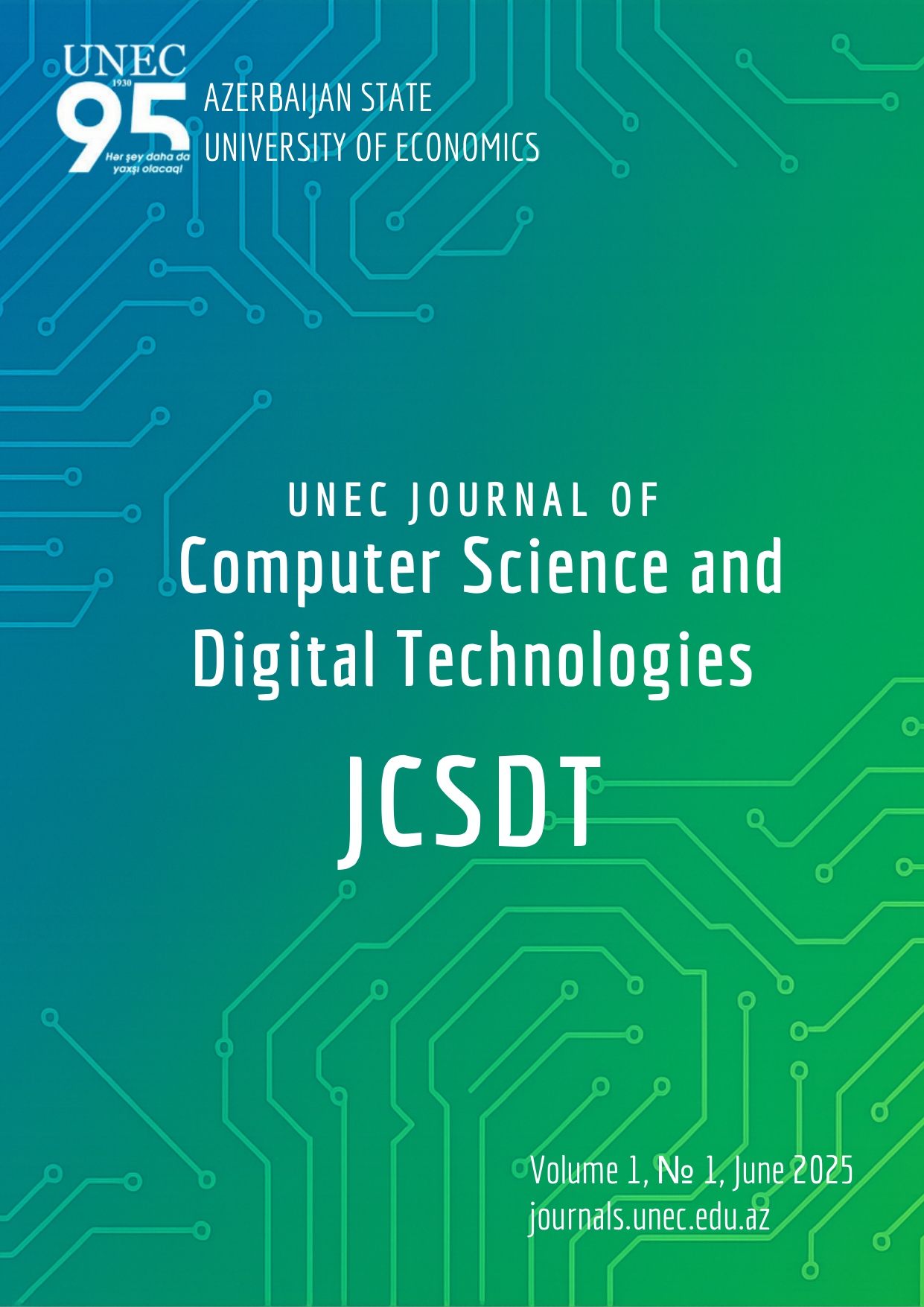Is Zero Trust the Future of Cyber Defence? An Analysis of Principles, Adoption, and Effectiveness
DOI:
https://doi.org/10.30546/UNECCSDT.2025.01.069Keywords:
zero trust architecture, cybersecurity, micro-segmentation, network security, advanced persistent threats, continuous monitoringAbstract
Traditional network security models face increasing challenges due to evolving cyber threats and shifting IT environments. The Zero Trust model, which operates on the principle that no user, device, or system should be implicitly trusted regardless of network location, has gained significant attention in both research and practice. Despite its promise to address modern cybersecurity demands, widespread adoption of Zero Trust remains uneven, and questions persist regarding its practical benefits, implementation challenges, and long-term viability. This article aims to consolidate current knowledge on Zero Trust by examining its fundamental principles, architectural components, and enabling technologies. Additionally, we conducted a survey with IT professionals and academics to gather empirical insights on awareness, adoption levels, and perceived effectiveness of Zero Trust Security. Our analysis reveals that while Zero Trust is increasingly recognized for enhancing security posture and mitigating insider and advanced threats, obstacles such as lack of expertise and organizational resistance impede broader implementation. The findings highlight gaps in both academic research and practical guidance, underscoring the need for further study on deployment strategies, cost-benefit analyses, and user experience. This work provides a foundation for future research and practical efforts to advance Zero Trust as a robust cybersecurity framework.


